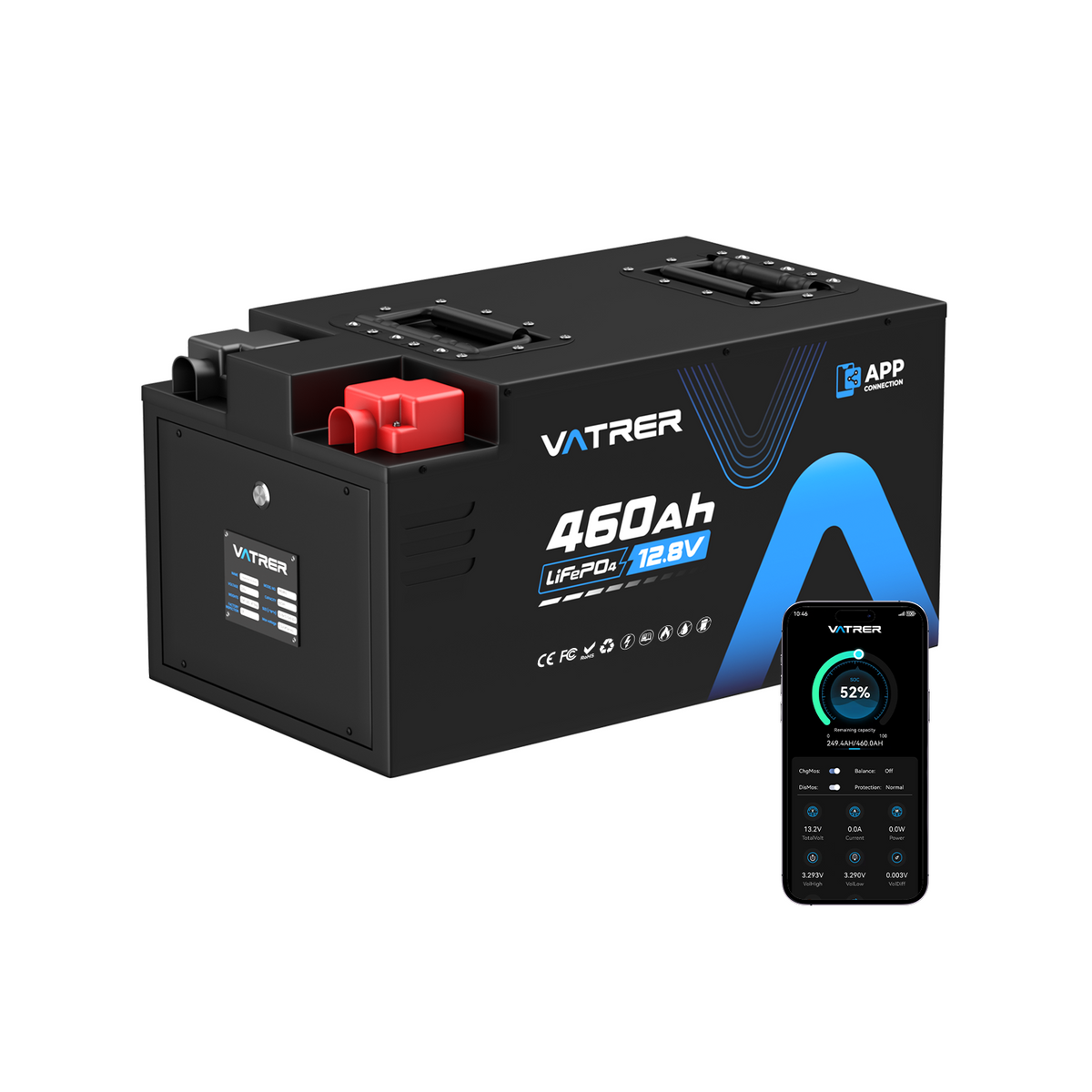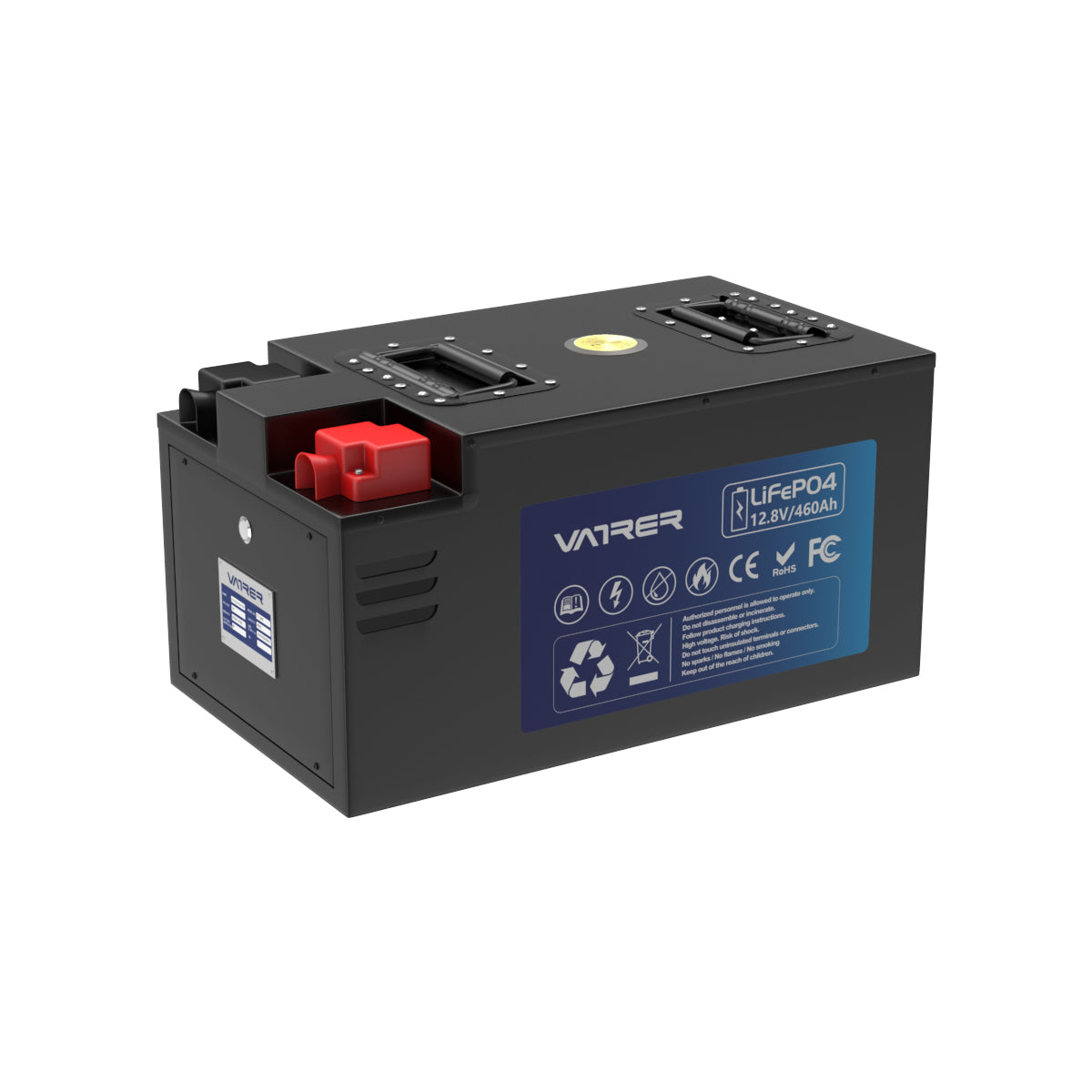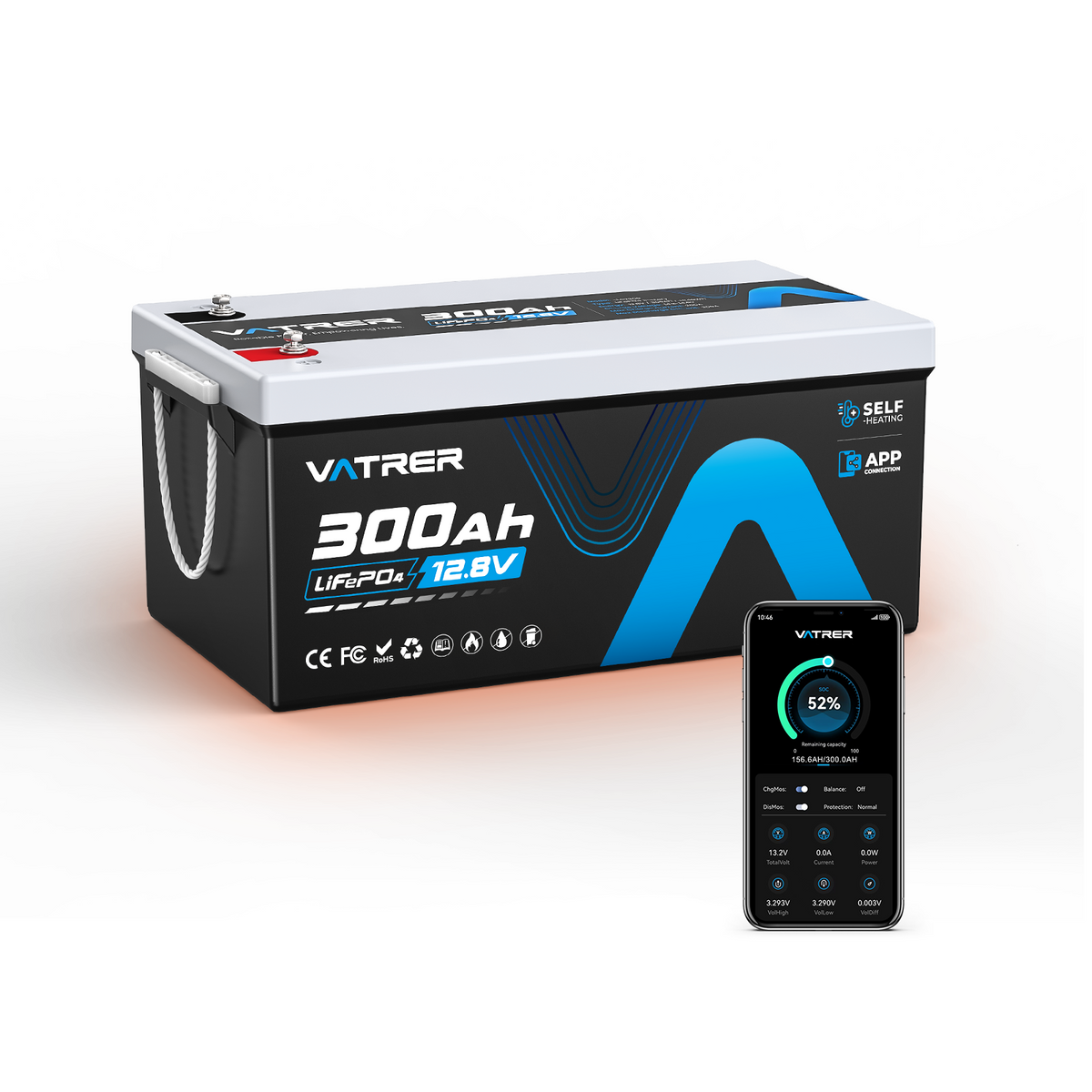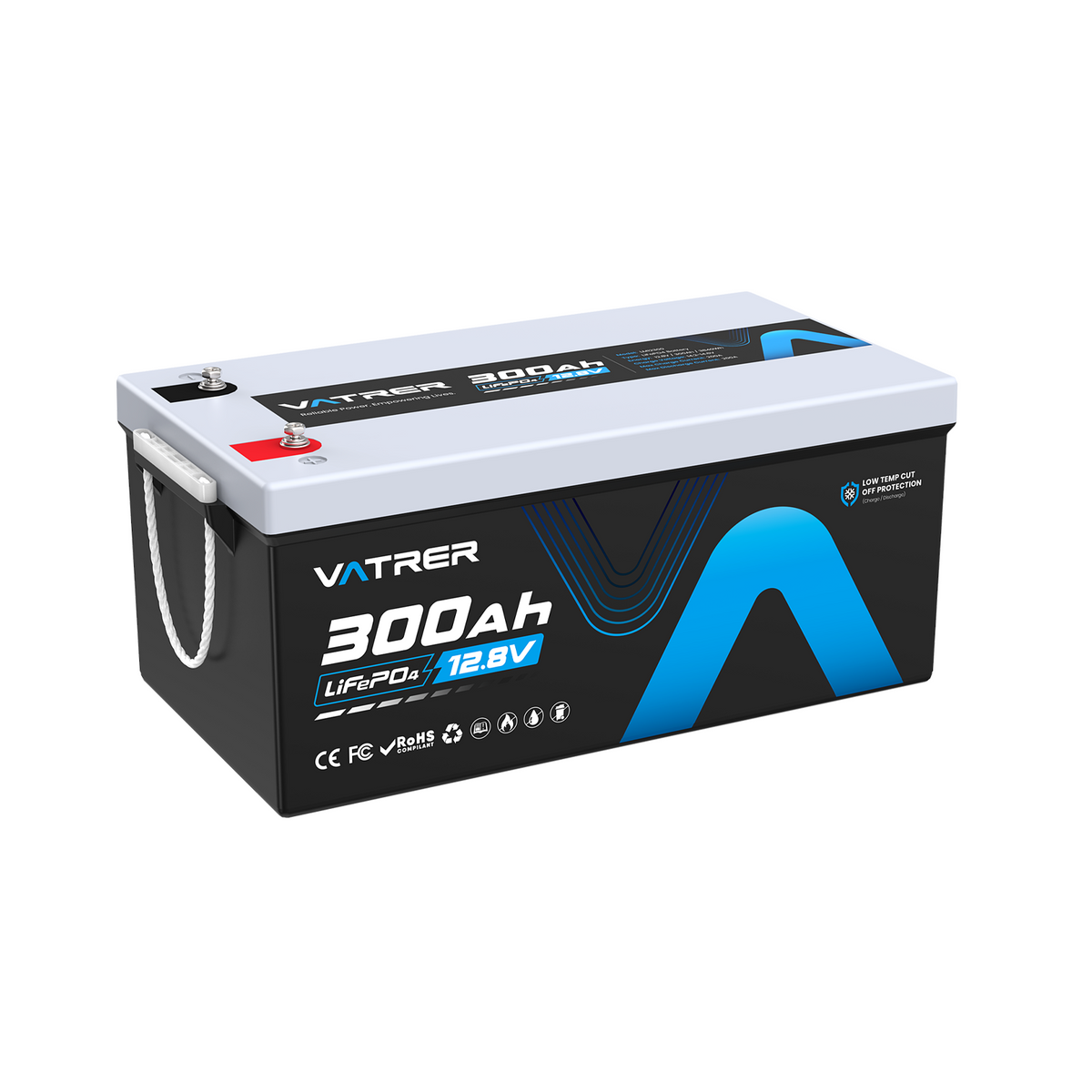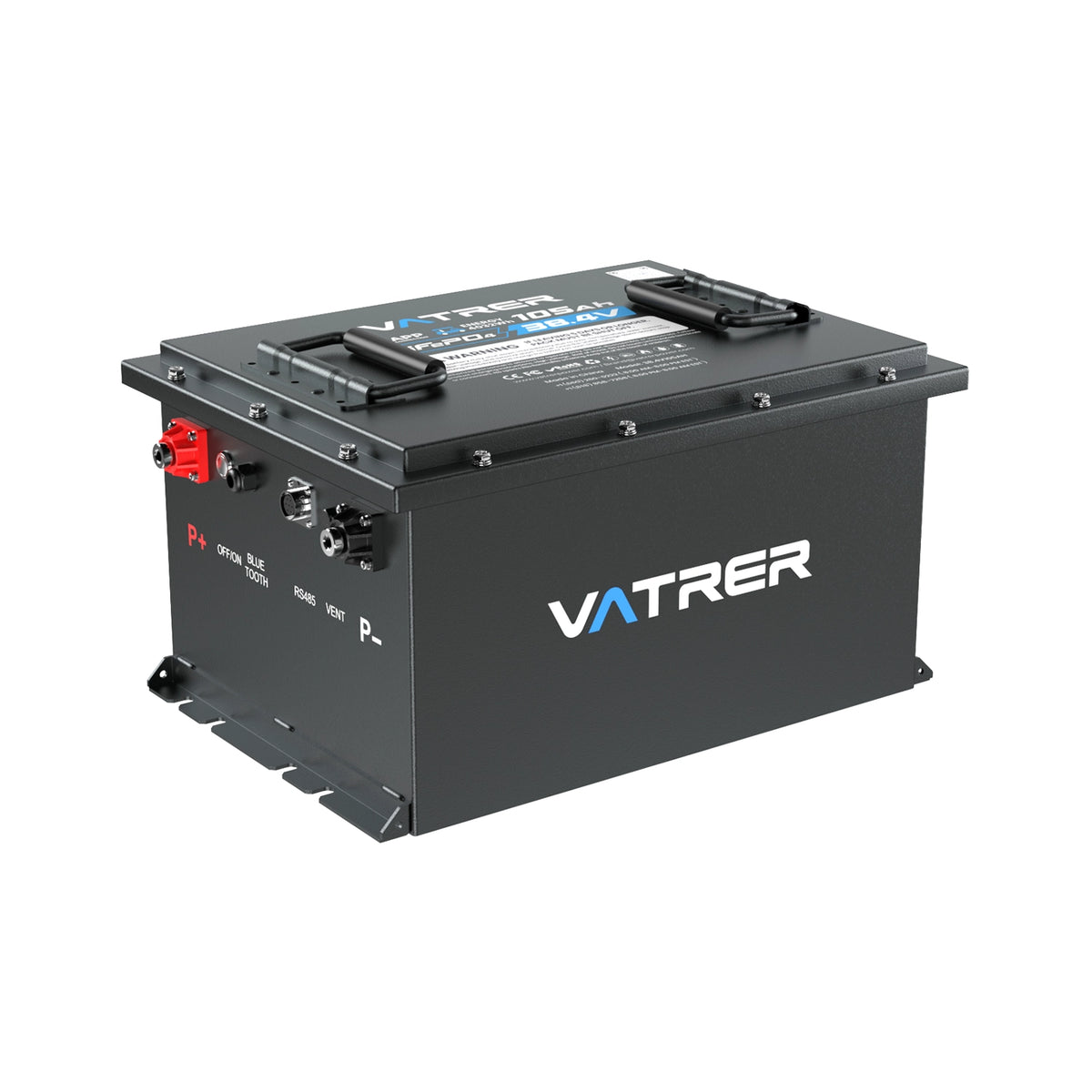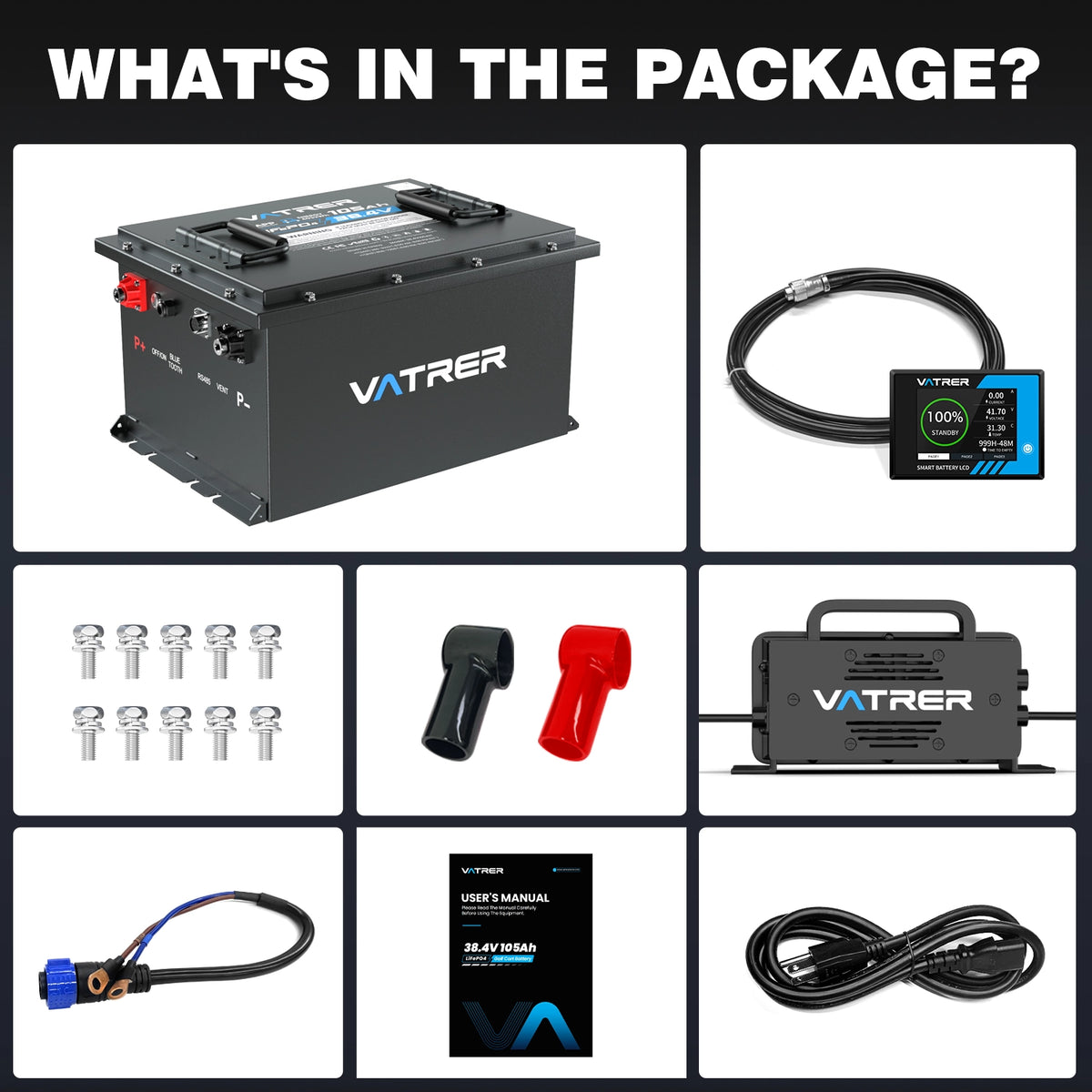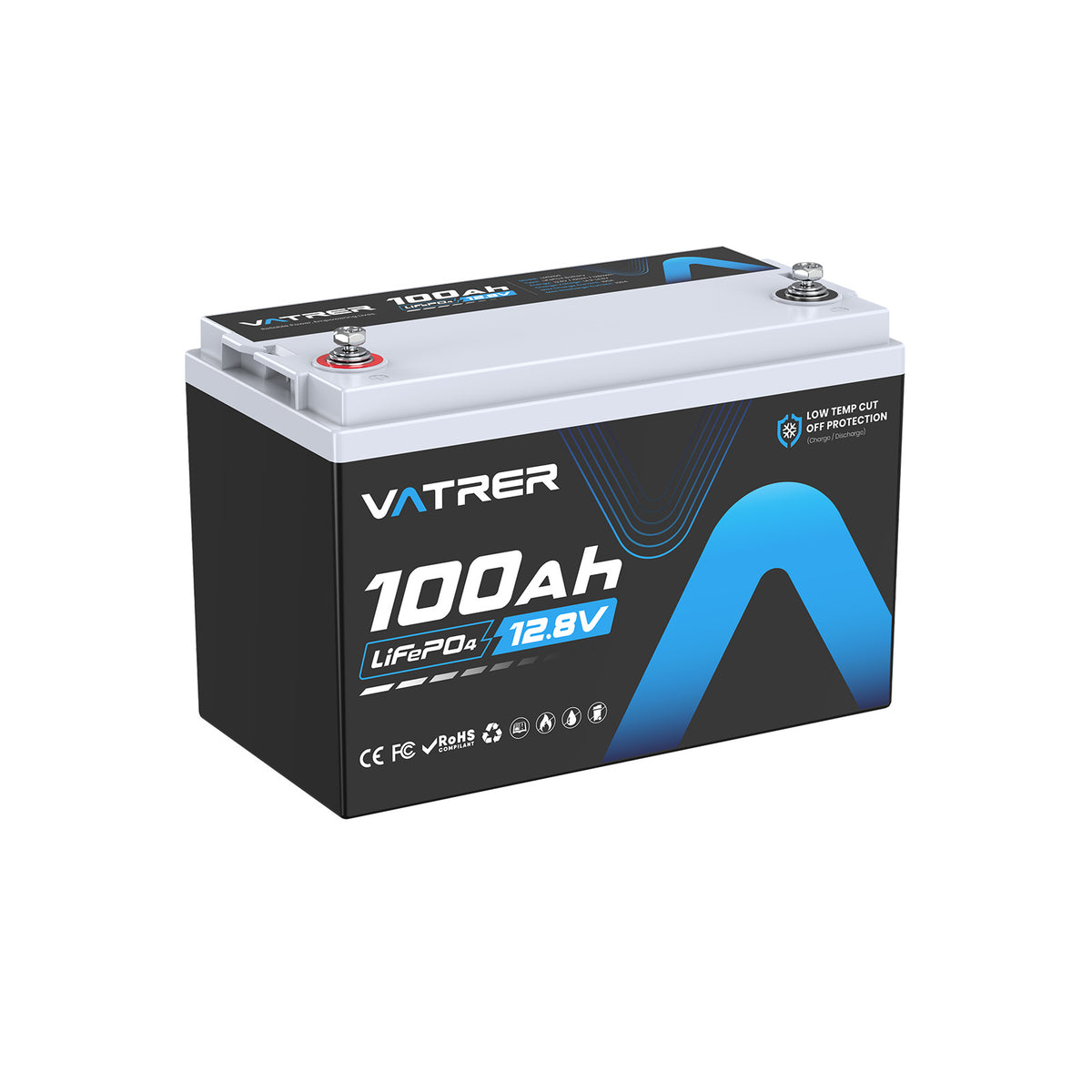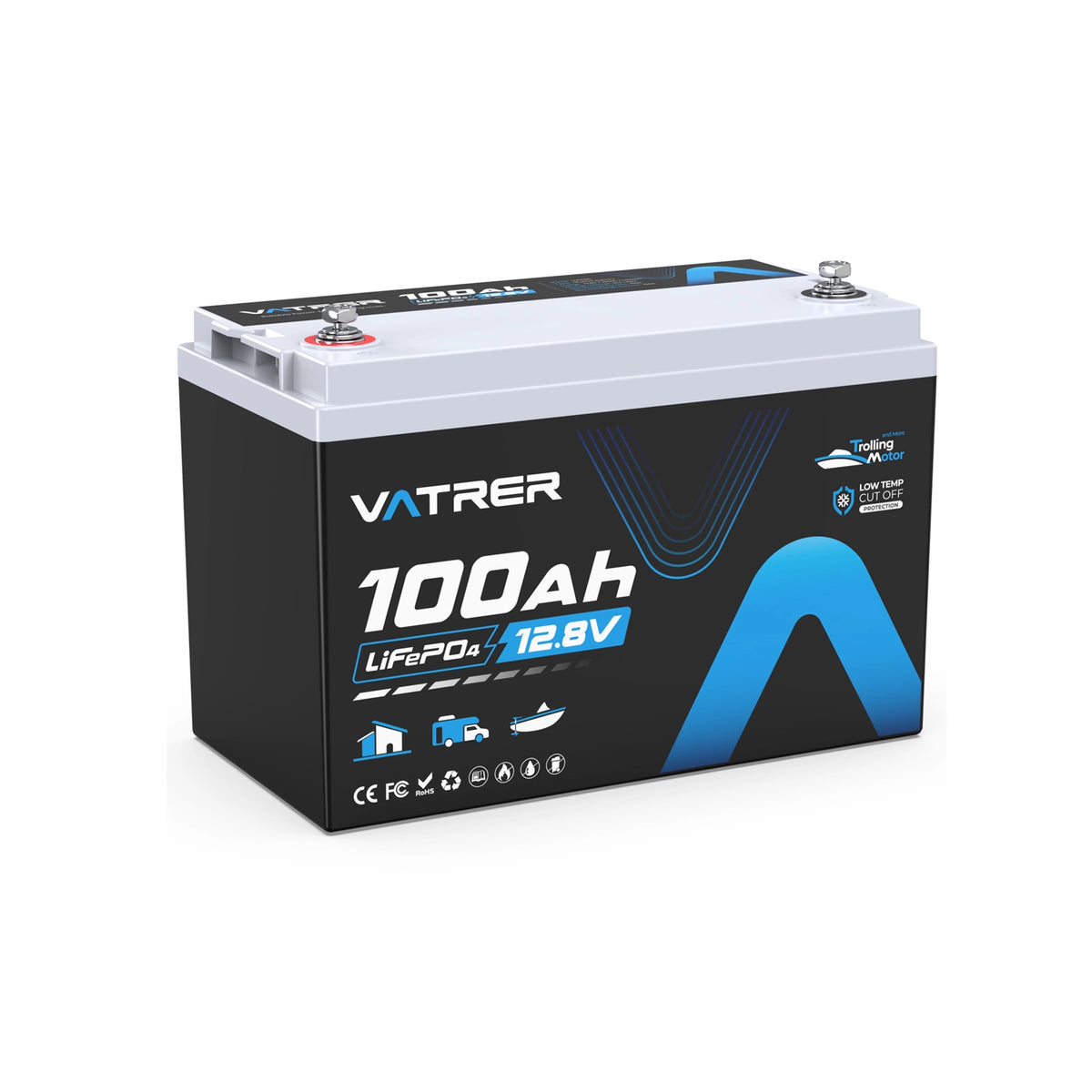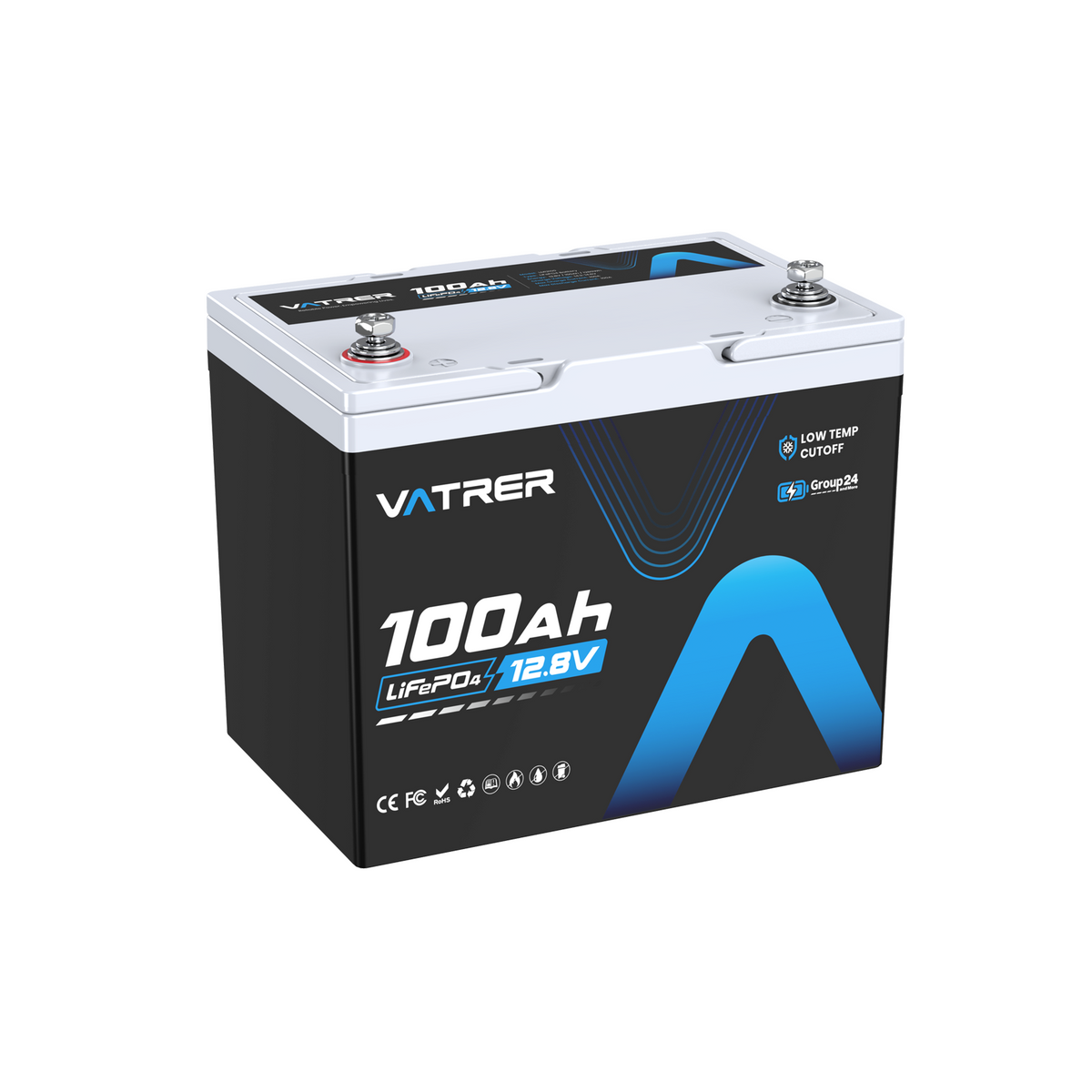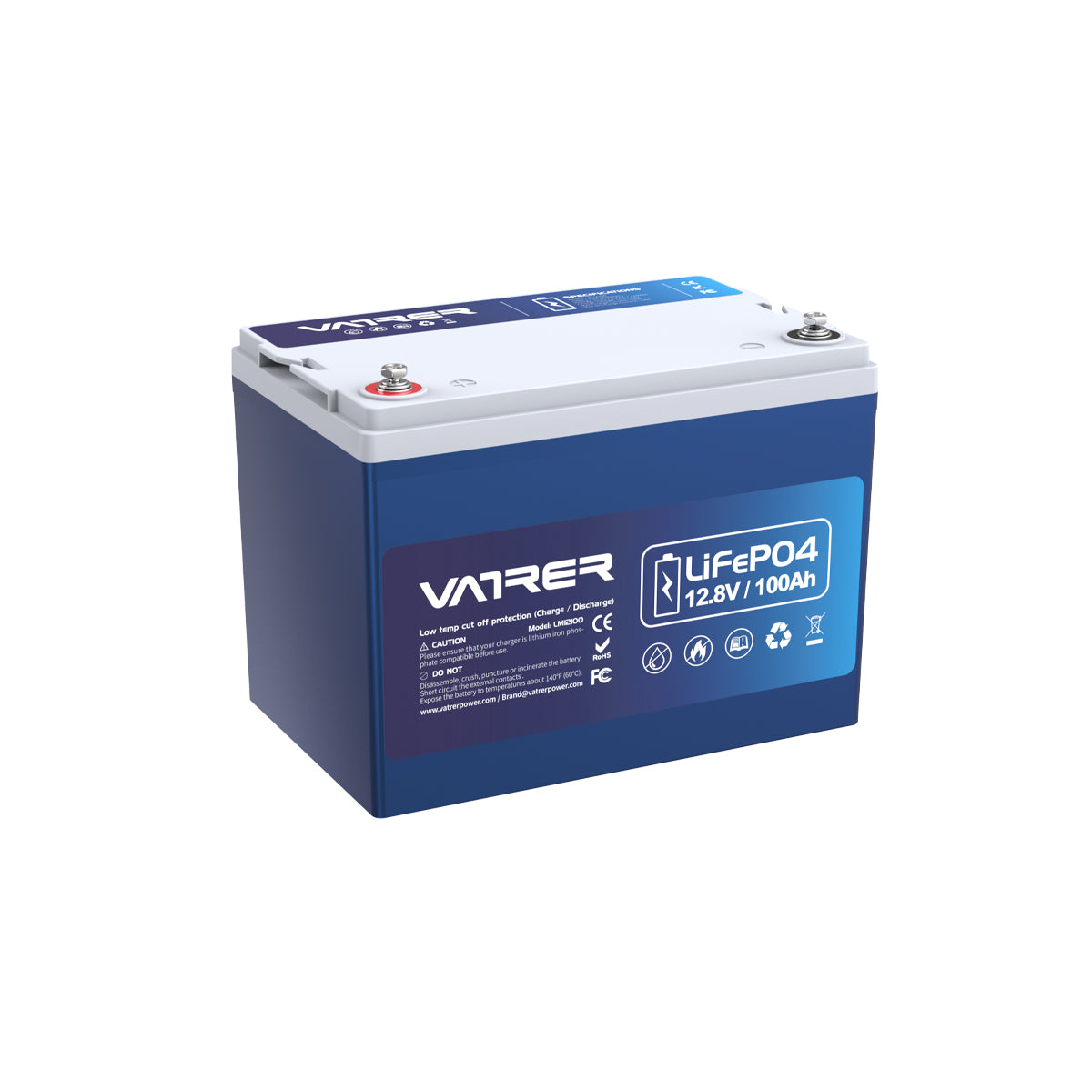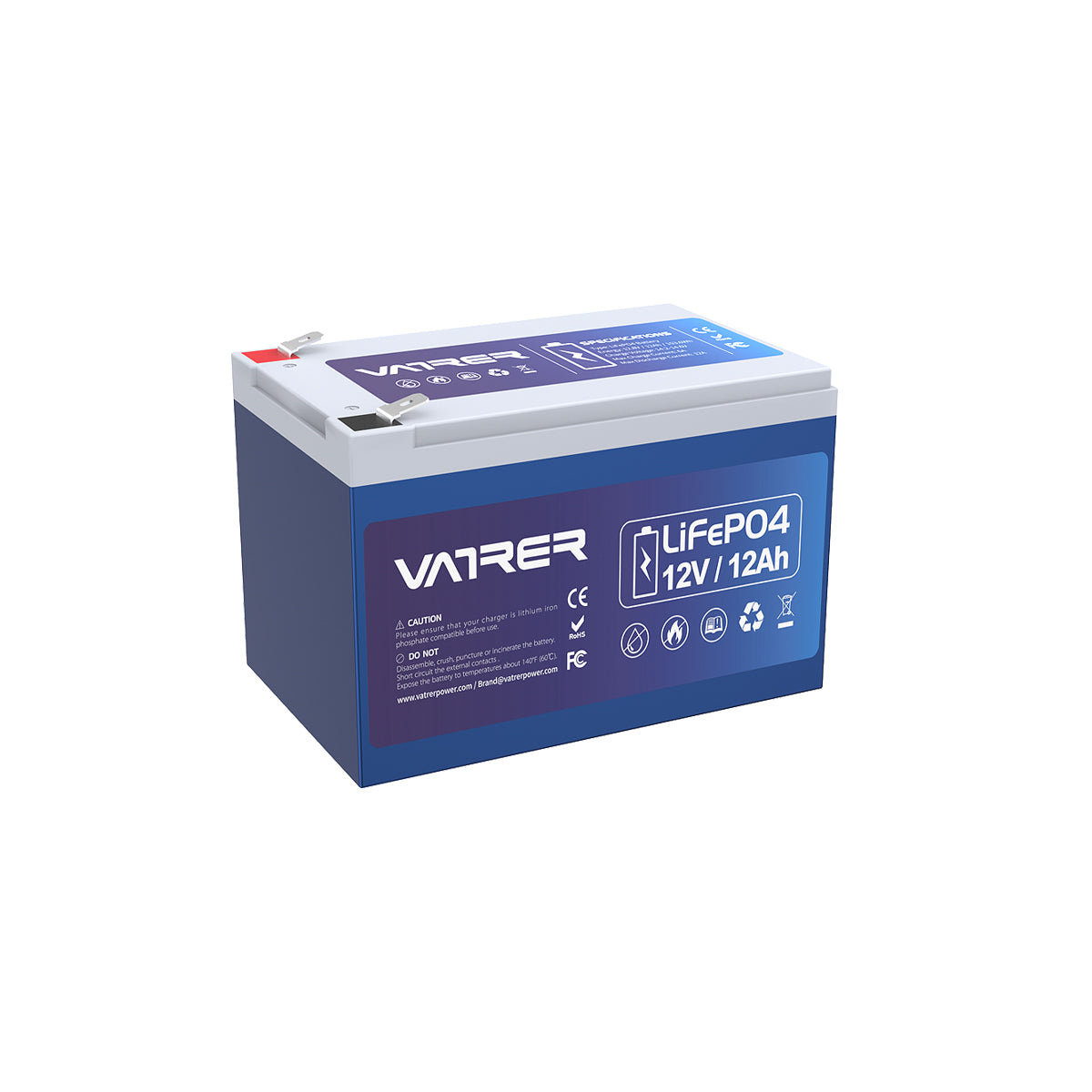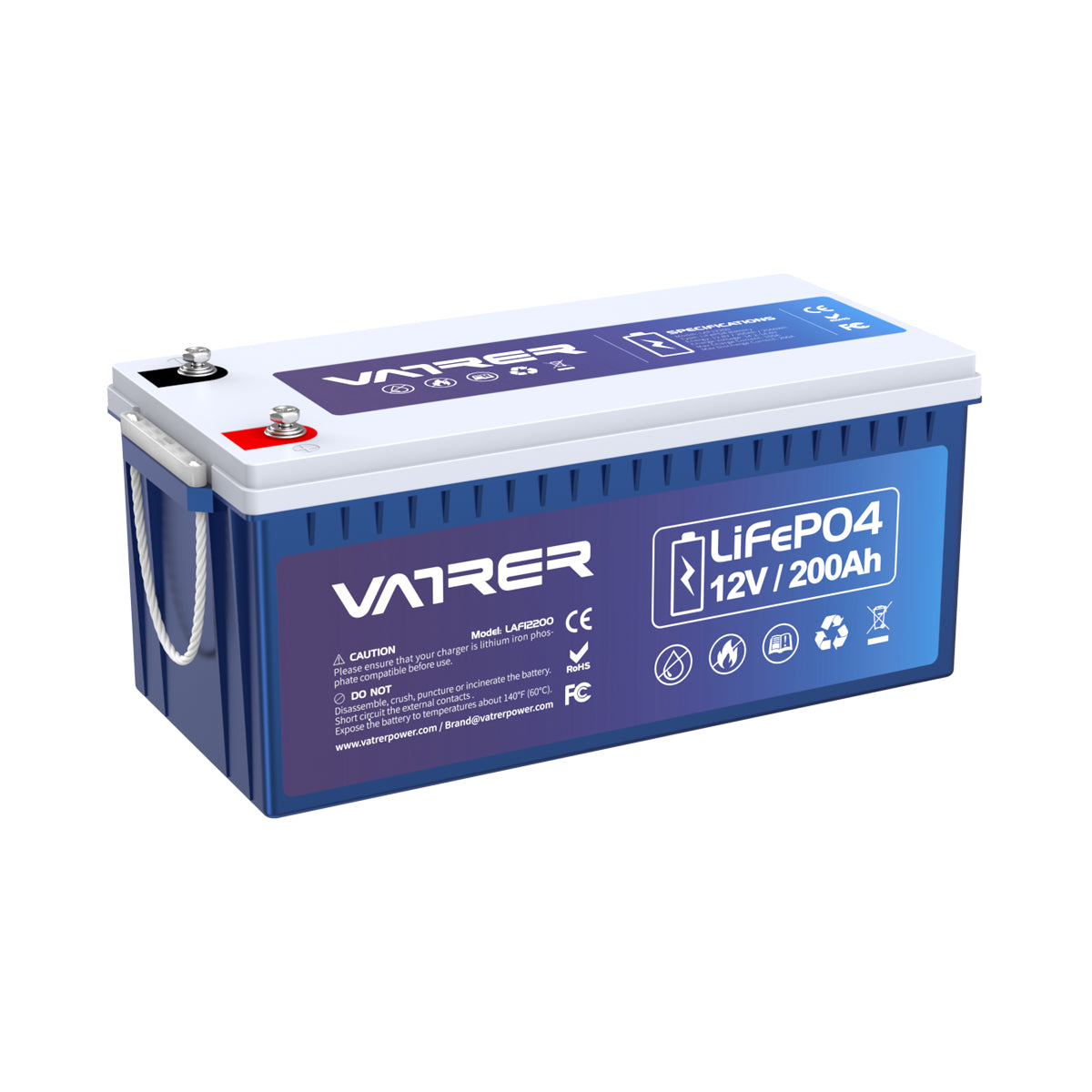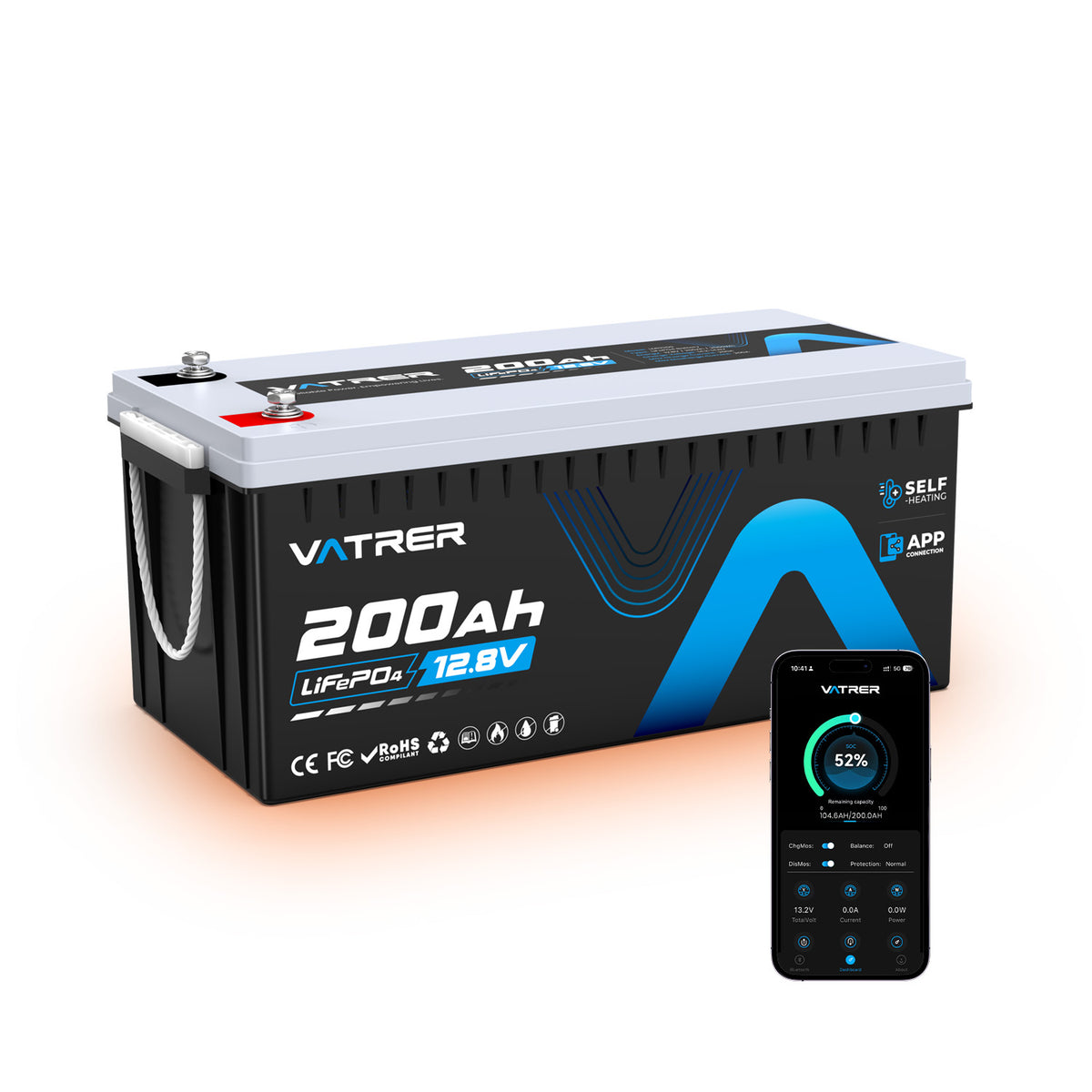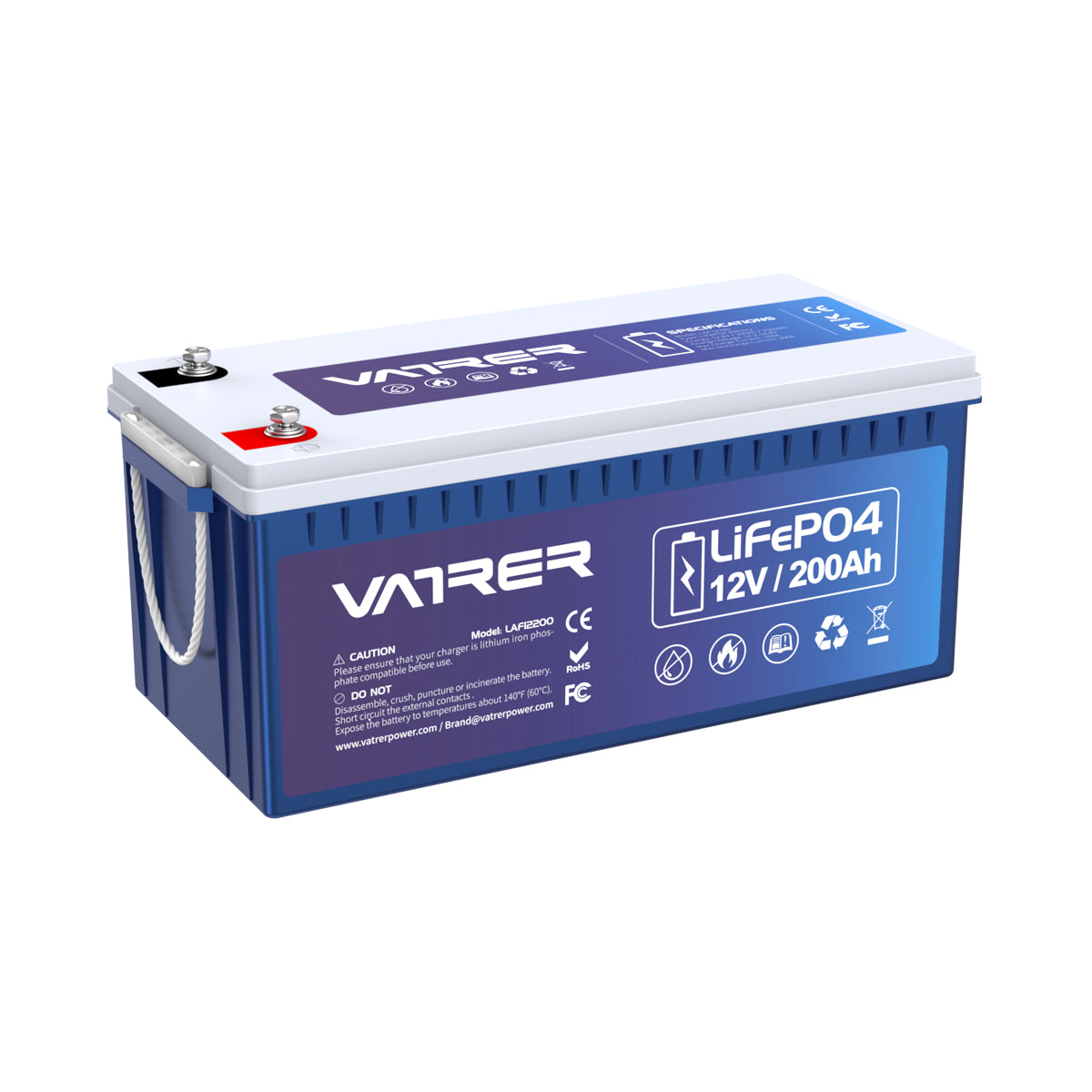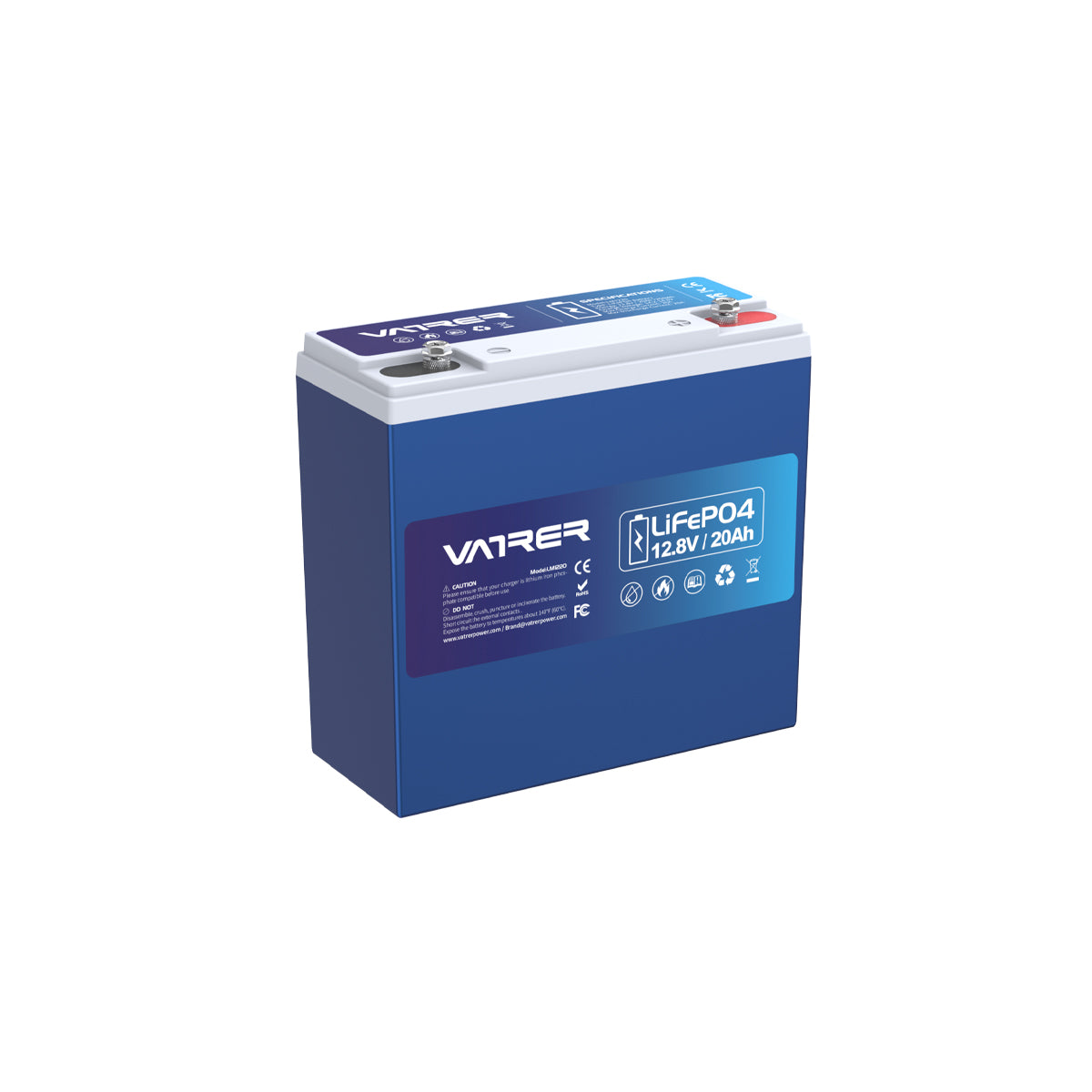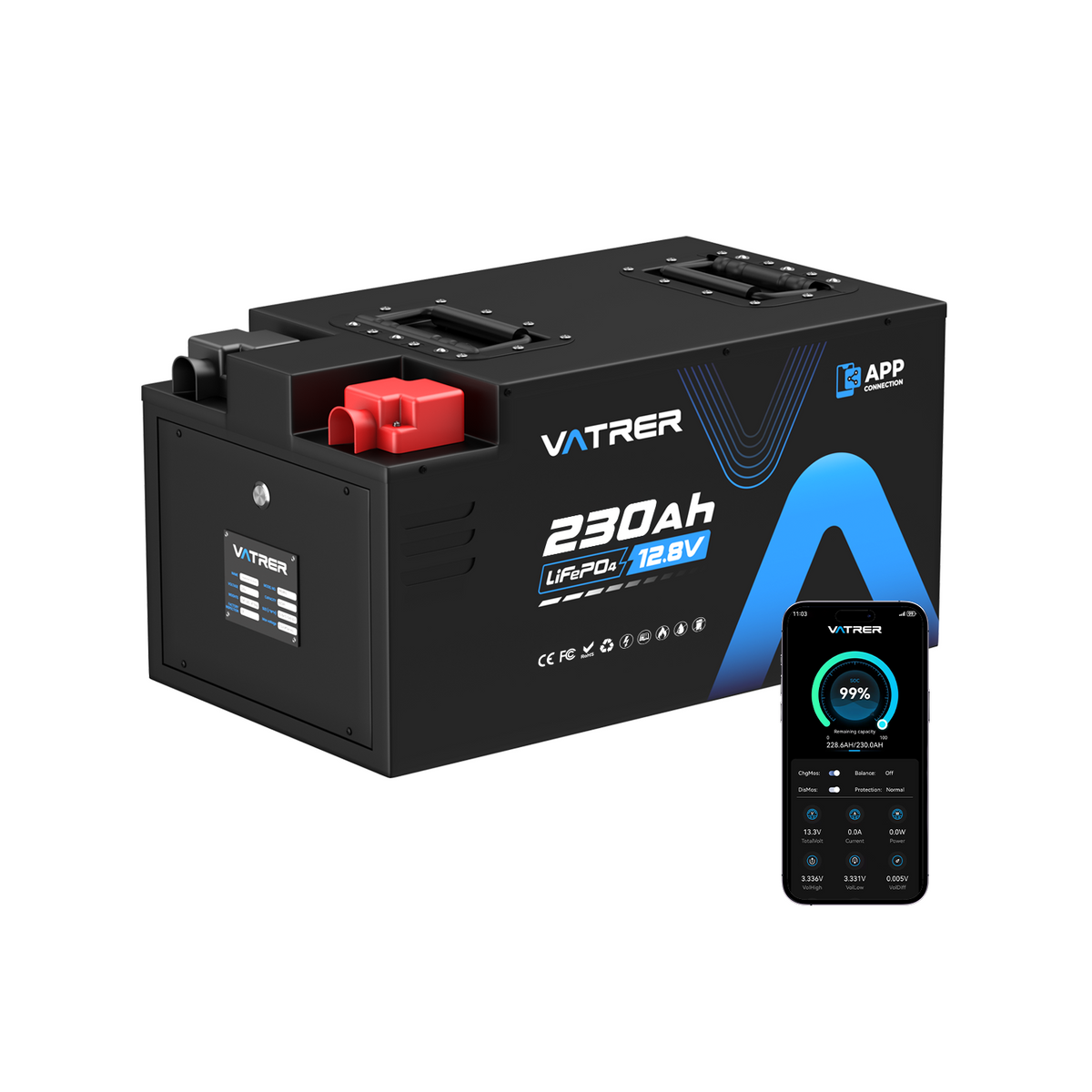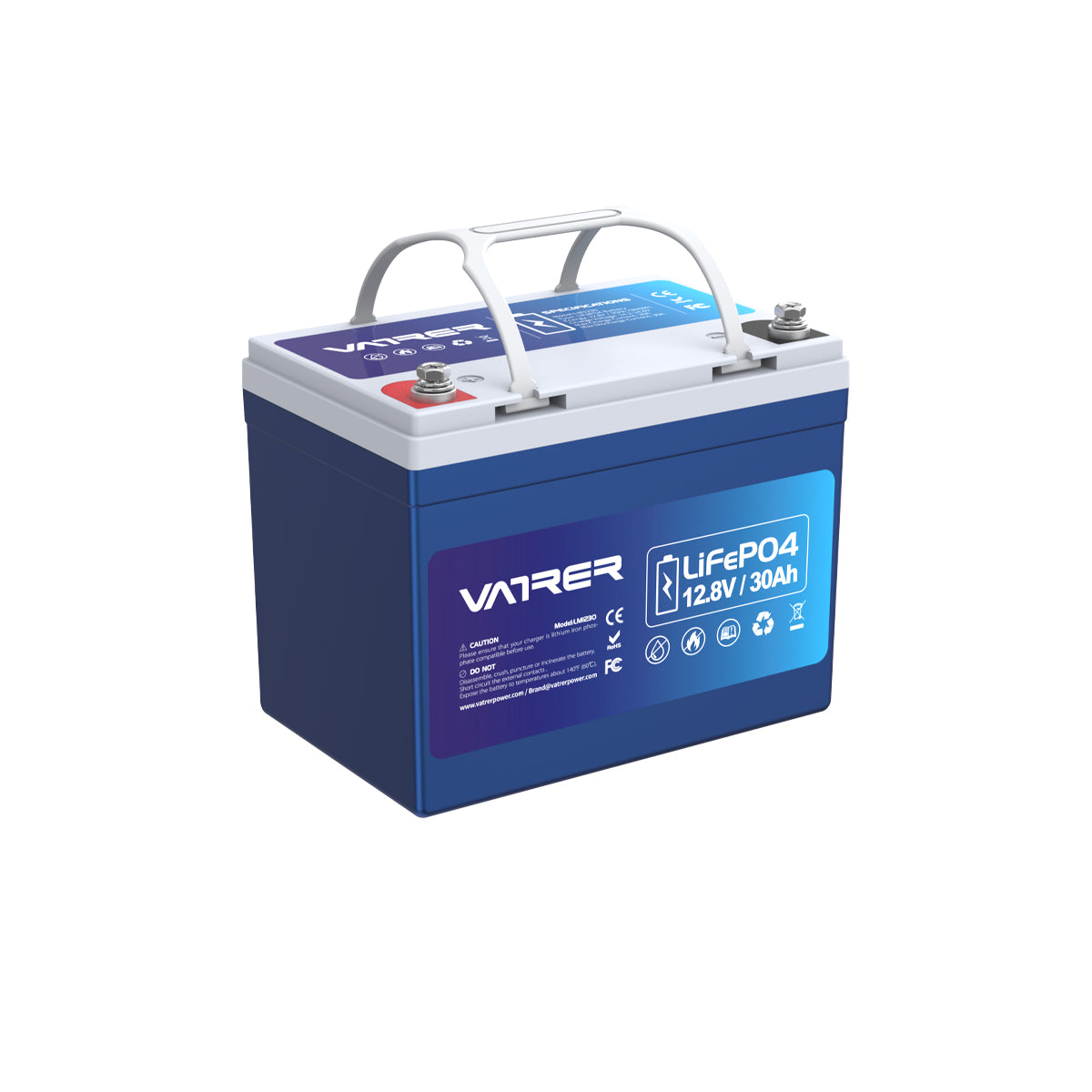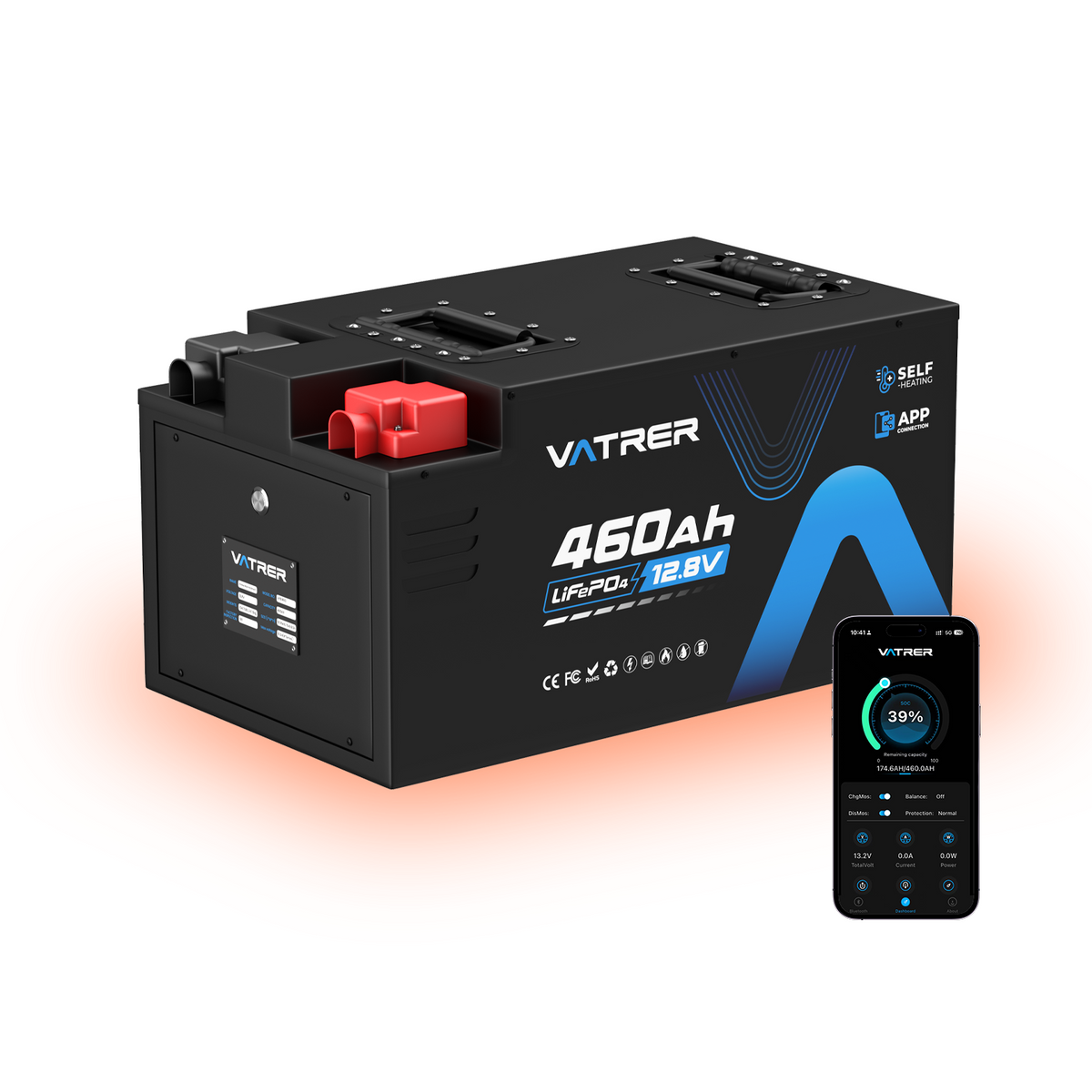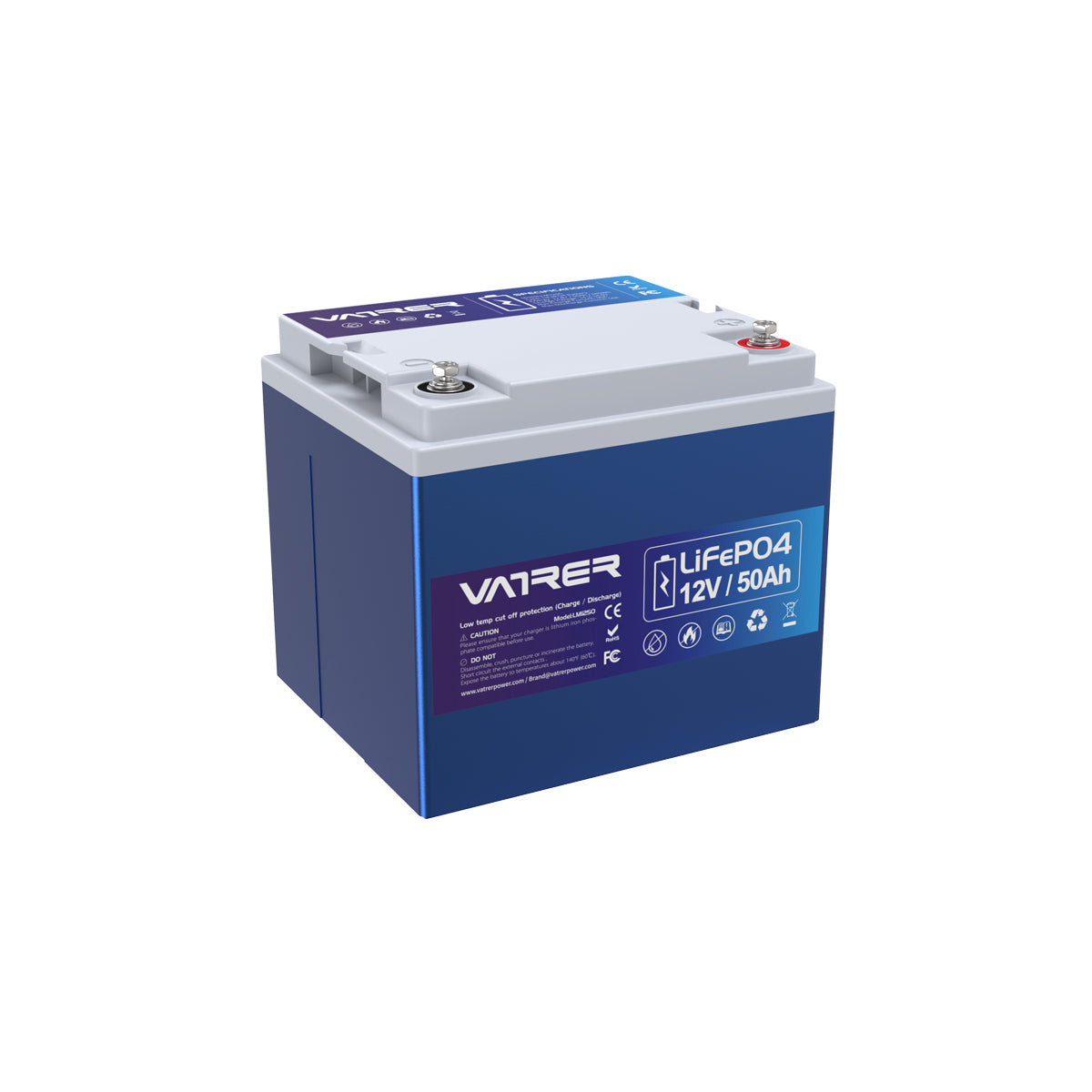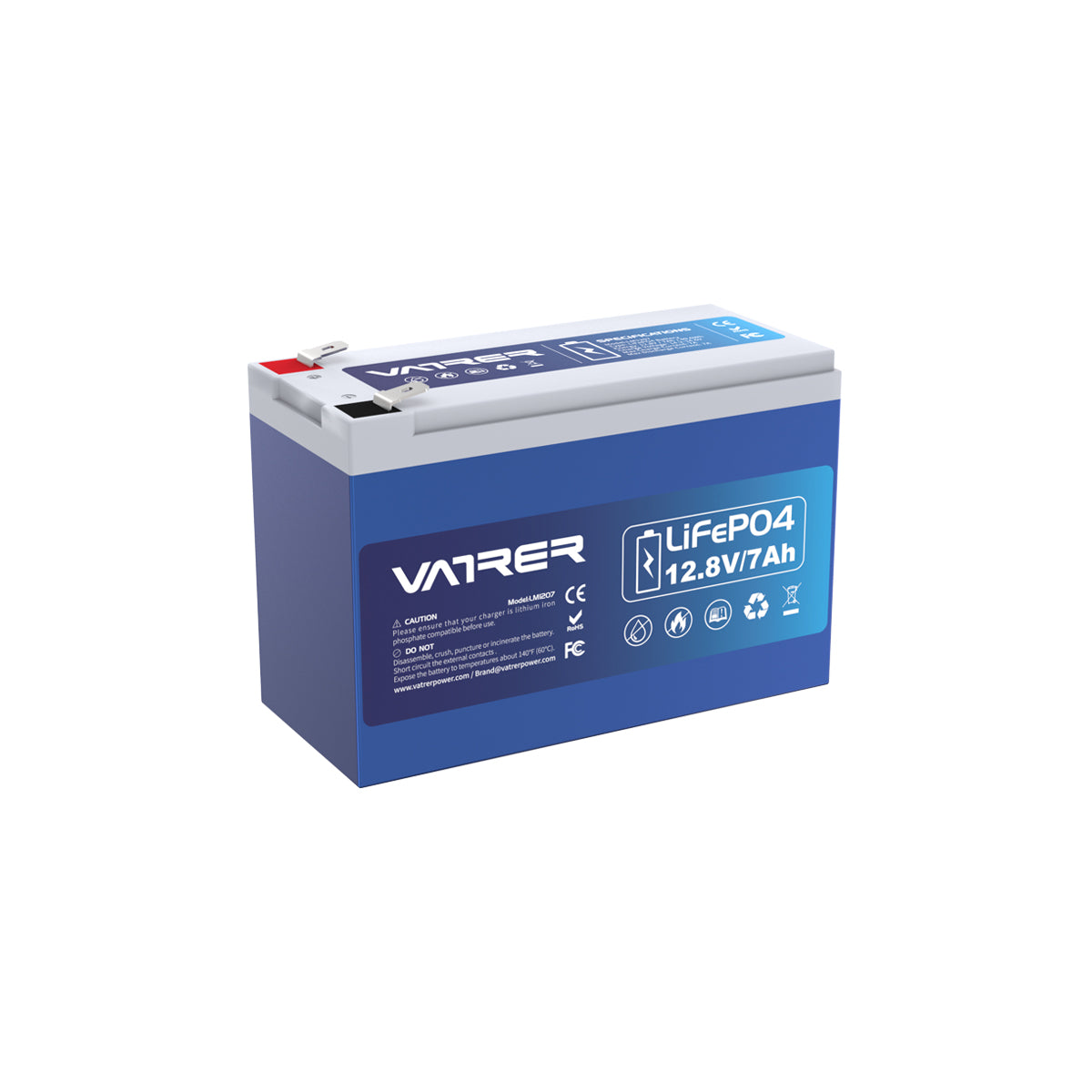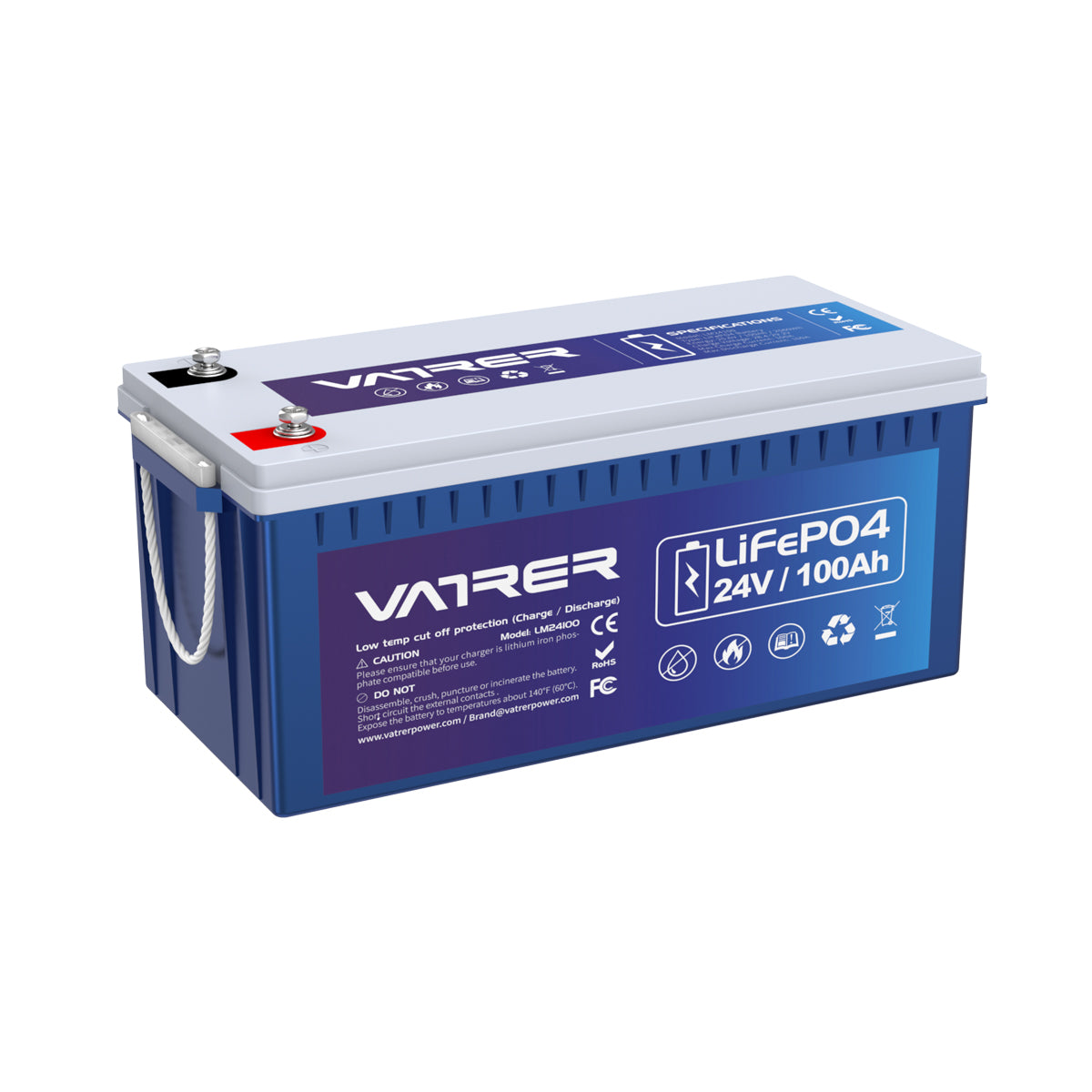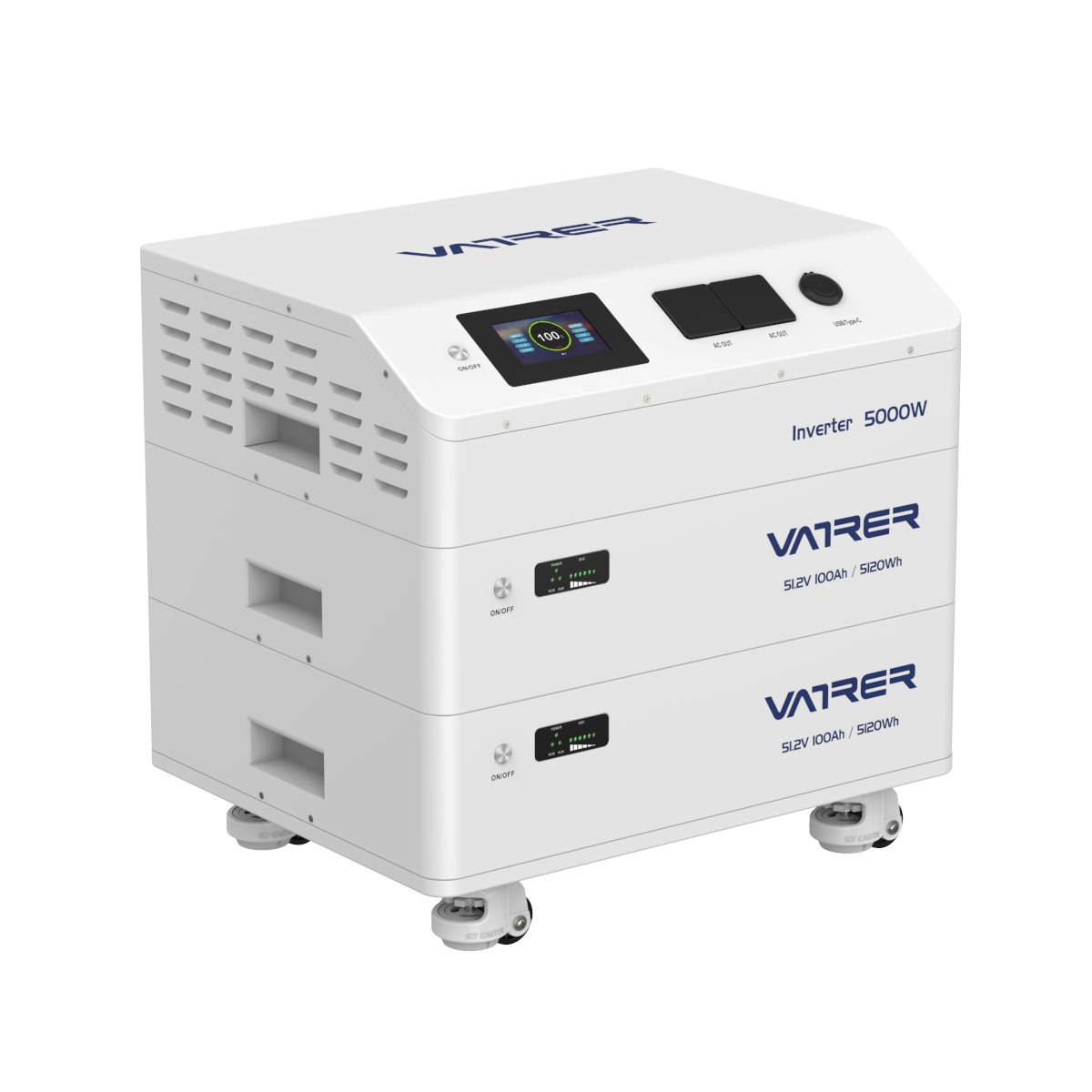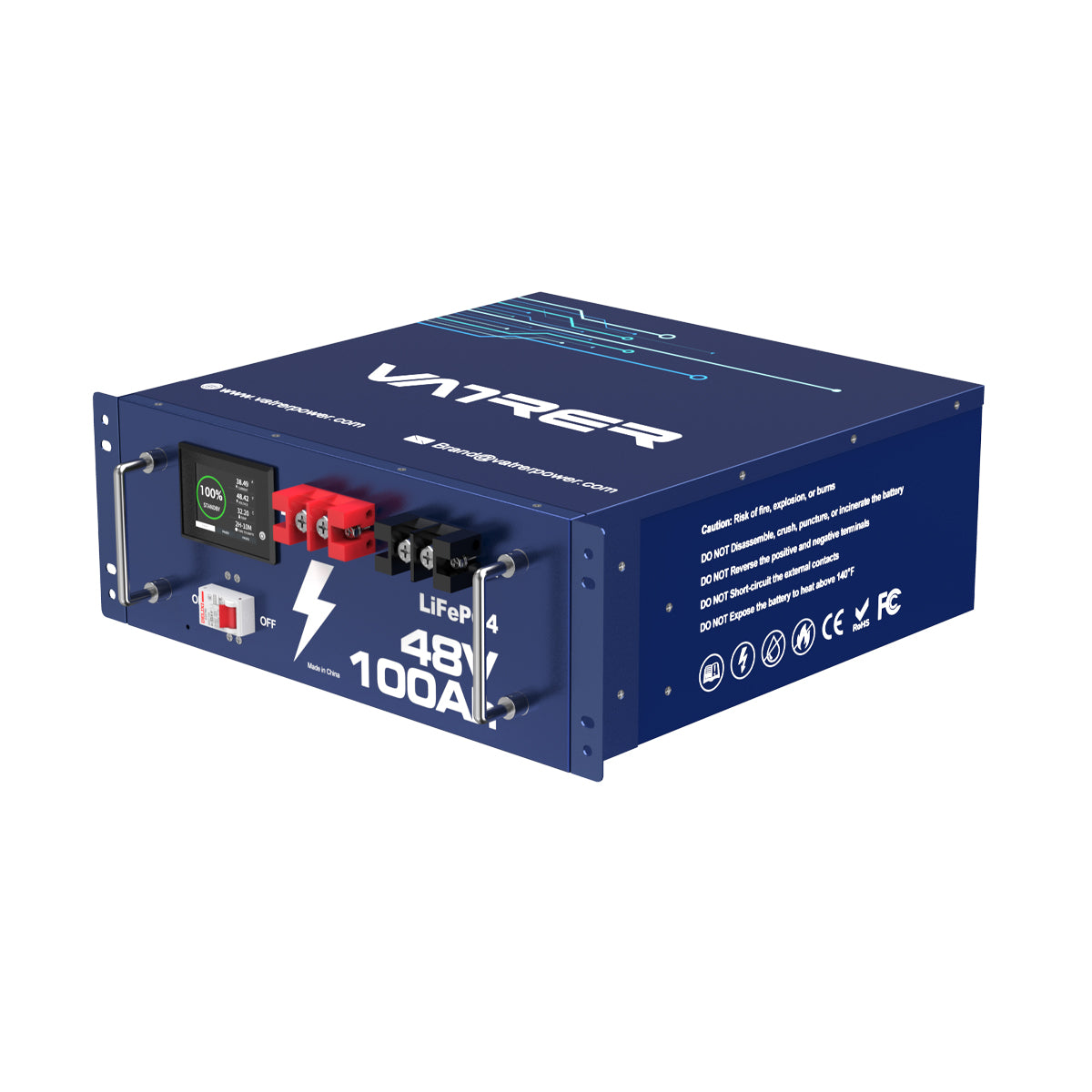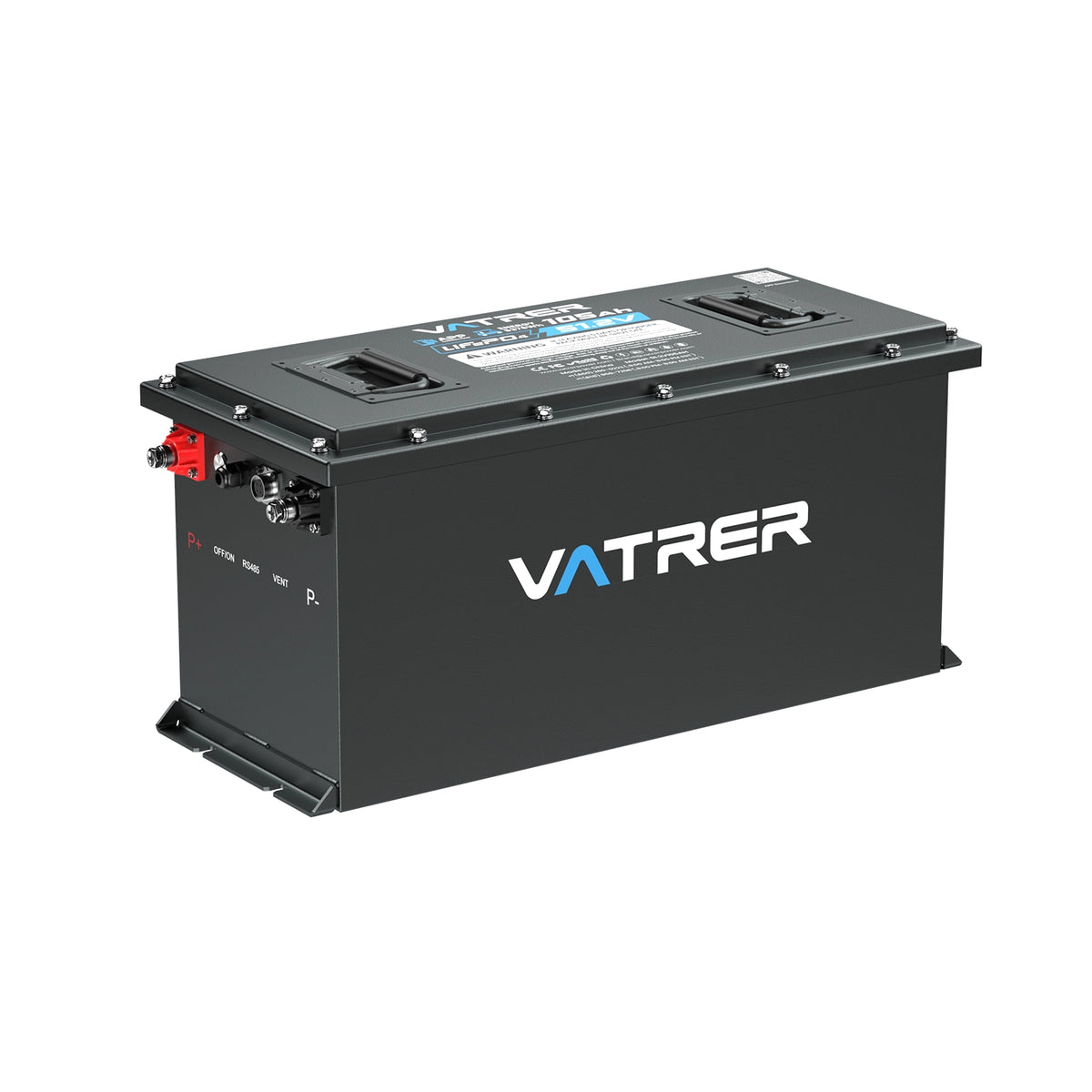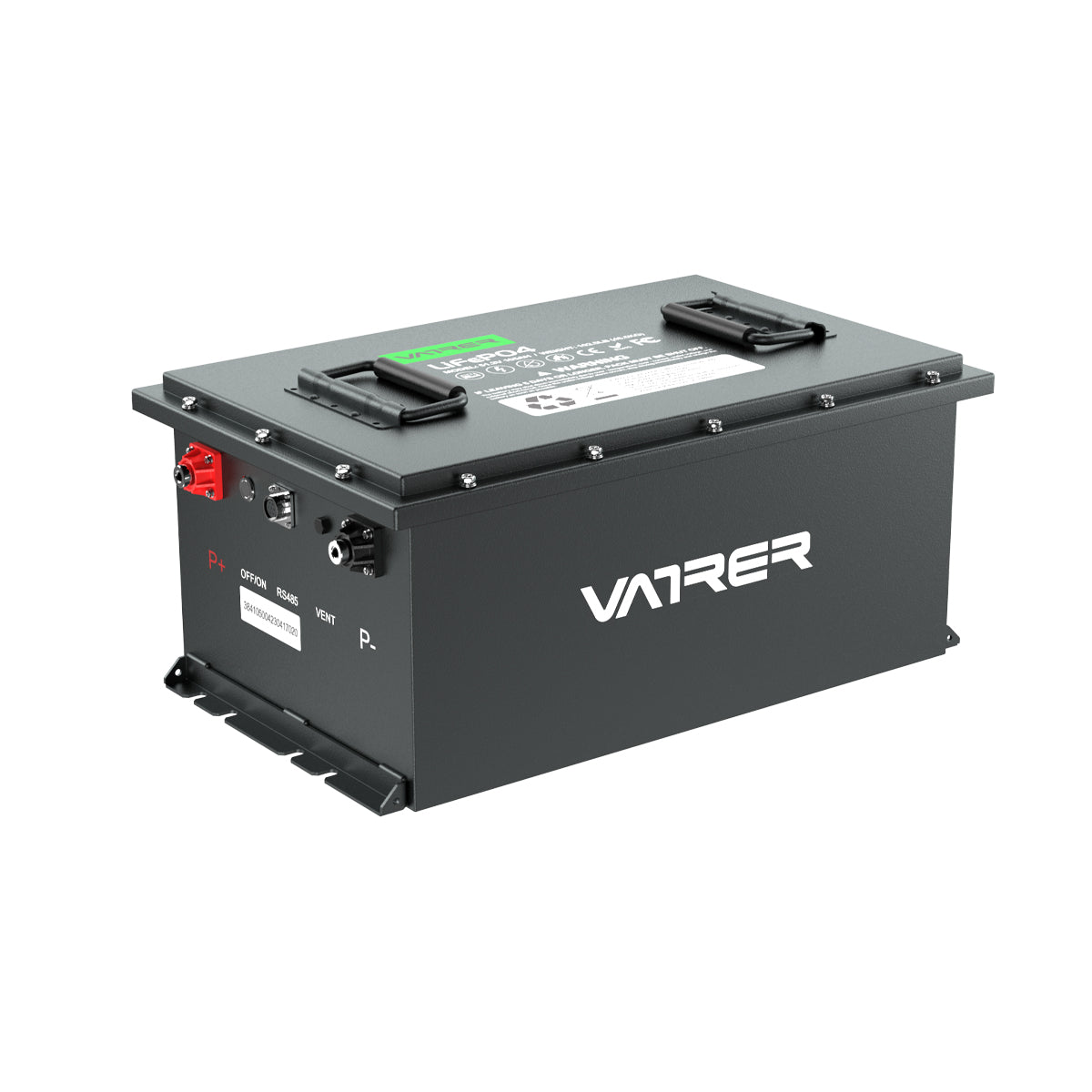Table of Contents
A Group 8D battery is a robust power source specifically designed to meet the demands of heavy-duty applications such as RVs and marine vehicles. These batteries are notable for their size, capacity, and durability, making them an ideal choice for users who require consistent power over extended periods.
-
Specifications:
- Dimensions: Approximately 20.5 x 10.3 x 9.8 inches
- Capacity: Typically ranges from 200 to 255 Amp-hours
- Weight: Hefty, usually around 60-75 pounds, ensuring stability and reliability
-
Comparison with Other Battery Types:
- Group 24: Smaller capacity, more suited for lighter applications.
- Group 31: Similar in size but may not offer the same high amp-hour rating.
- AGM Batteries: Often lighter and maintenance-free but can be more expensive.
Why Choose a Group 8D Battery?
-
Ideal for high-capacity needs
-
Excellent for deep cycling applications
-
Strong performance in extreme weather conditions
Applications of Group 8D Batteries
Group 8D batteries are not just designed for any application; they excel in specific domains where power reliability is paramount.
-
Use in RVs:
- Provides substantial power for appliances, lights, and HVAC systems
- Essential for off-grid camping and long road trips
-
Use in Boats:
- Powers navigation systems, lights, and onboard electronics
- Ensures consistent performance even in rough marine environments
-
Use in Commercial Vehicles:
- Supports heavy-duty machinery and equipment
- Often used in trucks, buses, and emergency response vehicles
Advantages for Users in These Sectors
-
Longevity: With proper maintenance, Group 8D batteries can last for several years, providing excellent value.
-
Versatility: Suitable for various applications, from leisure vehicles to commercial machinery.
-
High Discharge Rates: Capable of delivering significant power without compromising performance.
Figure 1.1: Applications of Group 8D Batteries

Figure 1.2: Comparison of Battery Types
| Battery Type | Dimensions | Capacity |
|---|---|---|
| Group 8D | 20.5 x 10.3 x 9.8 | 200-255 Ah |
| Group 24 | 10.3 x 6.8 x 9.0 | 70-85 Ah |
| AGM | Varies | Up to 255 Ah |
Recent Innovations and Market Trends
The battery industry is continually evolving, with Group 8D batteries at the forefront of technological advancements.
-
New Products:
- Enhanced lead-acid formulations improve lifespan and performance.
- Introduction of smart batteries with integrated monitoring systems.
-
Market Shifts:
- Growing demand for renewable energy solutions is driving innovation in battery technology.
- Increased competition among brands offers consumers a wider selection.
Discussion on Market Trends
- Sustainability Focus: Manufacturers are increasingly prioritizing eco-friendly materials and production processes.
- Consumer Awareness: As users become more informed, they seek batteries that offer both performance and environmental responsibility.
Maintenance Tips for Group 8D Batteries
Proper maintenance is crucial to prolonging the lifespan and performance of Group 8D batteries. Here are essential tips to ensure your battery operates at its best:
-
Regular Inspection:
- Check for corrosion on terminals and clean them as necessary.
- Inspect for leaks or bulging, indicating potential failure.
-
Charging Practices:
- Use a smart charger compatible with your battery type.
- Avoid deep discharges; recharge promptly to maintain battery health.
-
Temperature Management:
- Keep the battery in a temperature-controlled environment, as extreme heat or cold can significantly impact performance.
Additional Considerations
- Water Levels: For non-sealed batteries, maintain appropriate water levels to prevent damage.
- Storage: If storing for long periods, disconnect the battery and store it in a cool, dry place.
Figure 2.1: Maintenance Checklist

Figure 2.2: Maintenance Tools
| Tool | Purpose |
|---|---|
| Battery Cleaner | Removes corrosion |
| Hydrometer | Checks battery charge |
| Smart Charger | Maintains optimal charge |
FAQs About Group 8D Batteries
What is the lifespan of a Group 8D battery?
- Generally, a well-maintained Group 8D battery can last between 4 to 8 years, depending on usage and environmental conditions.
How do I know if my Group 8D battery needs replacing?
- Signs include reduced performance, visible corrosion, or physical damage. A drop in voltage during use can also indicate it’s time for a new battery.
Can I use a Group 8D battery in my electric vehicle?
- While not typical, some electric vehicles may benefit from Group 8D batteries, particularly for auxiliary power needs. Always check compatibility with the manufacturer’s specifications.
What is the difference between AGM and flooded Group 8D batteries?
- AGM batteries are sealed and maintenance-free, while flooded batteries require periodic checking of water levels and can leak if tipped.
How should I store my Group 8D battery?
- Store in a cool, dry place, ideally at a temperature between 50°F and 80°F. Disconnect the battery and avoid placing it on concrete surfaces to prevent discharge.
Conclusion
In the realm of batteries, the Group 8D battery stands out for its robust design and versatile applications. Whether you're relying on it for RVs, boats, or commercial vehicles, understanding its features, maintenance needs, and proper usage can significantly enhance its performance and longevity. By prioritizing care and regular inspection, you ensure that your battery remains a reliable source of power for your needs.
Summary of Key Points
-
Specifications: Group 8D batteries are known for their high capacity and durability.
-
Maintenance: Regular inspections and proper charging practices are vital.
-
Common Applications: Ideal for RVs, boats, and commercial uses.







